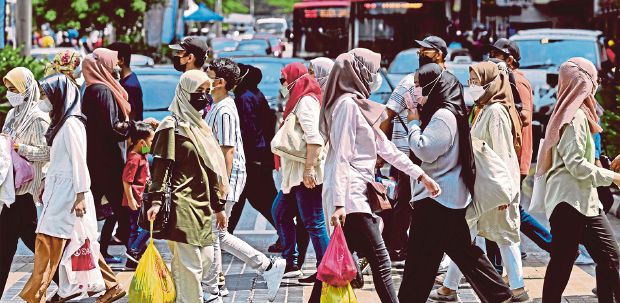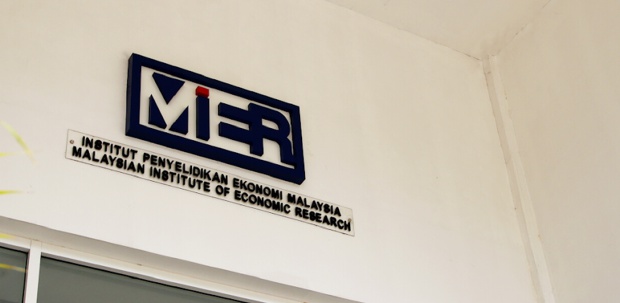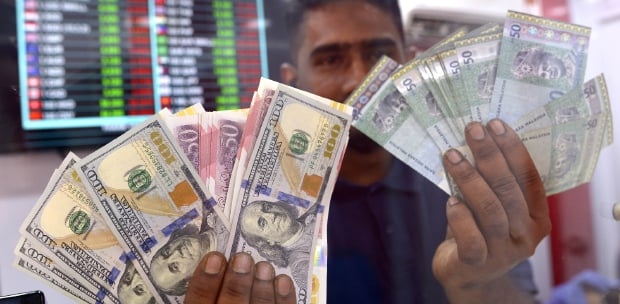With three themes, four catalytic policy enablers, 14 game changers, and nine main focuses, the 12th Malaysia Plan (12MP) is set to transform the economy into a high-income nation by 2025.
Will the 12MP (2021-2025), consisting of 532 pages divided into 13 chapters and underpinned by the "Keluarga Malaysia" concept, be able to deliver this uphill task? The answer, look back at the recent economic history.
Let's start with the 10th Malaysia Plan (10MP), based on the long-term economic blueprint, the New Economic Model (NEM), grounded by the national vision, known as Vision 2020.
The 10MP put forth 10 big ideas, which also resonates in the 12MP document, like the need to unleash productivity-led growth, inclusive development, and to value our environmental endowments, among other things.
After the 10MP, which began in 2011 and ended in 2015, the 11th Malaysia Plan (11MP) was launched in 2015, not just as a final lap to achieve the Vision 2020 goals and the NEM targets for the economy to be transformed into a fully developed high-income nation by 2020, but also to lay the foundations beyond 2020.
The 11MP consisted of six strategic thrusts and six game changers, again quite similar to the 12MP document, like the commitment towards inclusive and equitable society; improving wellbeing for all, where no one is left behind; addressing poverty in a multidimensional manner; uplifting B40 households; embarking on green growth initiatives; empowering the Technical and Vocational Education and Training; re-engineering economic growth; and, confronting the challenges of the Fourth Industrial Revolution.
Perhaps, the real question is: Why has the economy failed to become fully developed and reach the high-income nation status in 2020? One factor is the impact of the Covid-19 pandemic. But, that is half of the story.
The Covid-19 pandemic is, after all, a black swan event. Back in 2017, the economy was already out of the "middle-income trap" conundrum. In fact, that year, the World Bank study had shown that the economy was on the right track to achieve a high-income nation status as early as 2020.
In 2017, the Malaysian Institute of Economic Research predicted that the economy then could hit high-income nation status by the first quarter of 2018. So, what went wrong?
There was a misconception about the idea of becoming a high-income nation. That it was just about achieving an economic growth, per se.
As stipulated in the NEM blueprint, a high-income nation is more than that. It is also about an inclusive and sustainable growth, which puts people's wellbeing and happiness as the utmost priority.
Economic growth was important because the economy had been hit by the 2008 global financial crisis and the 10MP was indeed successful in putting the economy back on track.
And, when the growth trajectory had been put at the potential level, the 11MP was there to address those structural issues that still persisted, with the focus on the people, the Earth, digital economy, as well as the issues of distribution and inclusiveness.
But, unlike the previous five-year development plans, the 11MP saw a change of government in just two years of its implementation.
As a result, there were uncertainties, especially in the economic policy direction, as well as the development priority of the 22-month Pakatan Harapan government.
Under PH, the nation's economic growth momentum started to decline steadily, where it fell below the five per cent level for eight consecutive quarters.
In 2019, the economy grew meagrely at 4.3 per cent, the lowest since 2009. Even the Shared Prosperity 2030 document, a replacement of the NEM, merely targeted a 4.7 per cent growth on average from 2021 up until 2030.
Indeed, the 12MP must be able to jump-start the economy for at least five to six per cent of average growth rate starting this year until 2025 if the developed high-income nation status is to be achieved.
Clearly, political stability is crucial. Of course, a change of government is part of the democratic process, but it is totally unnecessary to change and start the process of economic development all over again. Continuation is vital.
Looking from a bird's eye view for the past decades, the Malaysian economic management is indeed one of the world's most successful among developing economies.
Therefore, the 12MP must build back this foundation and make it better.
The writer is associate professor of Economics and Head of Political and Economic Risk Research Unit, Universiti Utara Malaysia
The views expressed in this article are the author's own and do not necessarily reflect those of the New Straits Times






